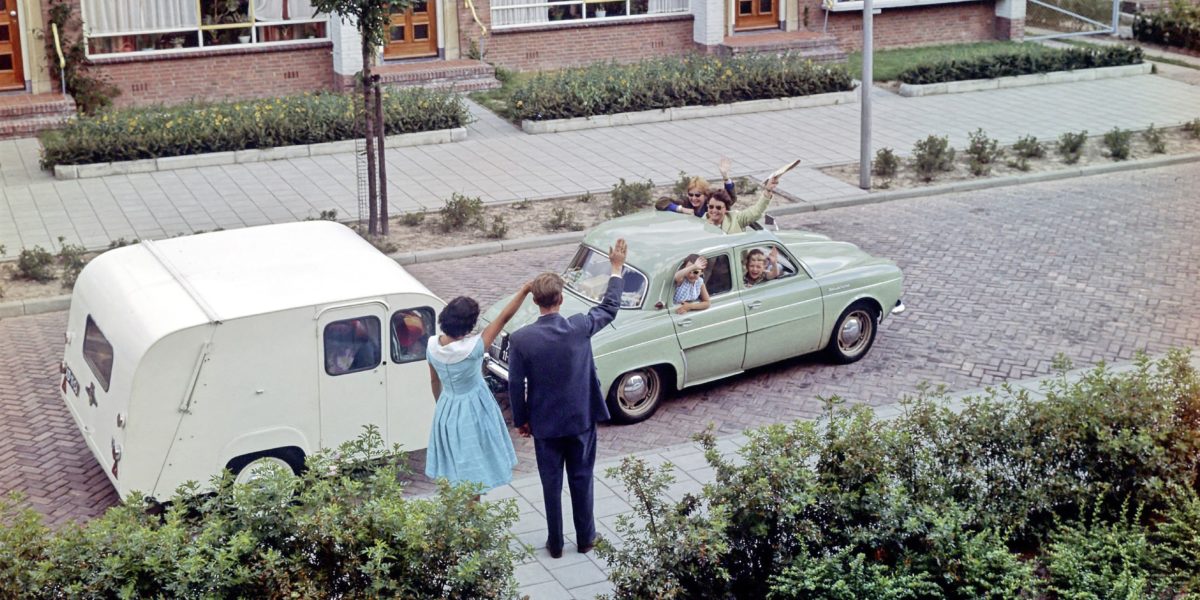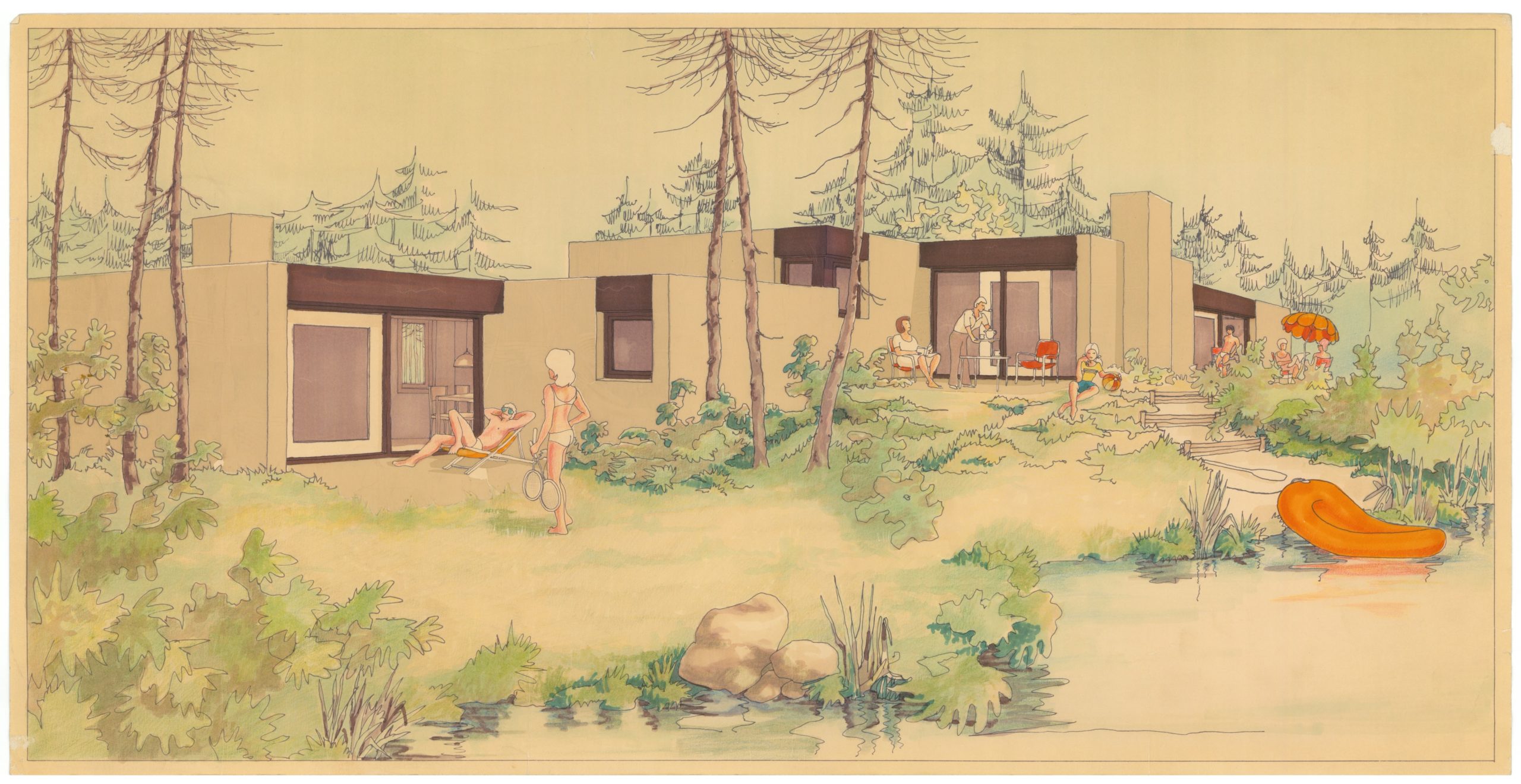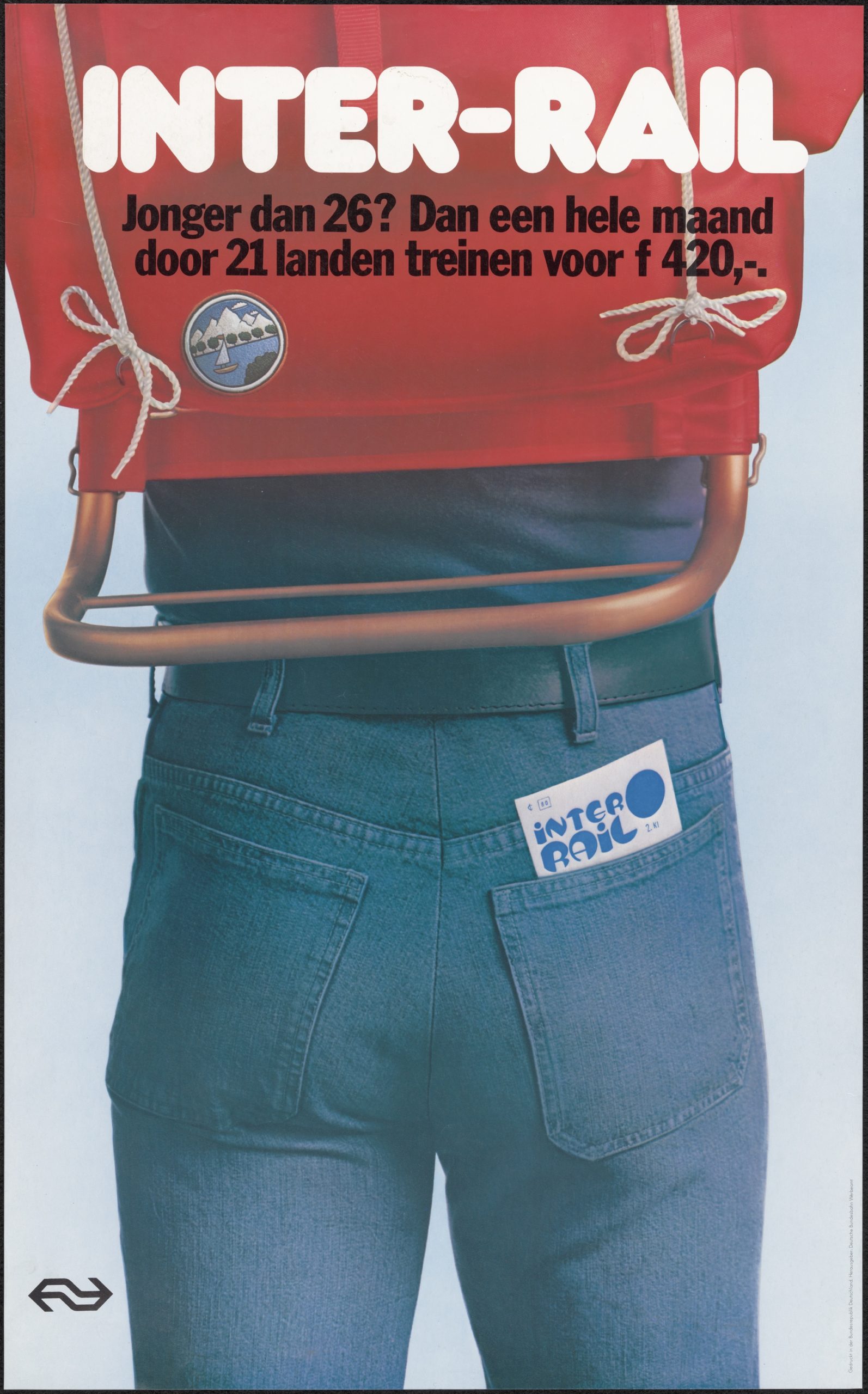The Great Holiday Exhibition
Visiting time: ●●● Average (45 minutes)From road maps by the ANWB and the iconic Kip caravan to the pier in Scheveningen and bikinis on the Costa del Sol, The Great Holiday Exhibition takes you through the design history of the Dutch tourist.
How we celebrate vacations reveals who we are. It reveals our desires, increases the contrast with, but also reflects our daily lives. However, holidays are not only experienced, but more importantly designed. Whether we realize it or not, the experience of our vacation is largely influenced by designed objects and the designed landscape. In The Great Holiday Exhibition we take you on a typical Dutch vacation and look at the role design plays in it. From the moment you have to choose where to go, the journey that takes you to your destination, the place where you enjoy your vacation and what you do there, to the moment you are back home: The Great Holiday Exhibition is a design journey through Dutch holiday history.

An essential part of our culture
Vacations and all the objects designed for them are a fundamental part of our material culture, identity and the history of modern humans. Until well into the 19th century, travel was reserved for the elite. This changed with the advent of new means of transportation such as the train, the automobile and the jet plane. Social legislation also played a role: the early 20th century saw the introduction of the eight-hour workday, followed in the 1960s by the legal introduction of paid vacations. The Dutch went on vacation more often and further away, resulting in mass tourism. Today, not going on vacation is the exception rather than the rule. However, we are increasingly aware that our travel behavior has a negative impact on our living environment. Tourism irrevocably affects the landscape, nature and culture of a holiday destination.

A Kip caravan in the Hall and a Panda in the room
The exhibition contains a number of exceptional objects. For example, in the hall of the museum you can see the 1954 Kuiken-model of the Kip caravan. This mini-house on wheels shows the role of engineers, architects and caravanbuilders in designing our vacations. In the exhibition, you can also see a Fiat Panda from 1983. This car is a great example of how cars turn into campers in the 1980s. In this model you could even hang a hammock, or turn the seats into a double bed! Another imaginative design is the “self-built camping trailer” by Augustine Schreuder-Gratama (1897-1978). In her time, Schreuder-Gratama was one of the few female architecture students at Delft University of Technology. In 1933 she built her own camping trailer; a precursor of today’s caravan. A personal photo album shows both her professional work process and touching vacation snapshots of the caravan in use.


